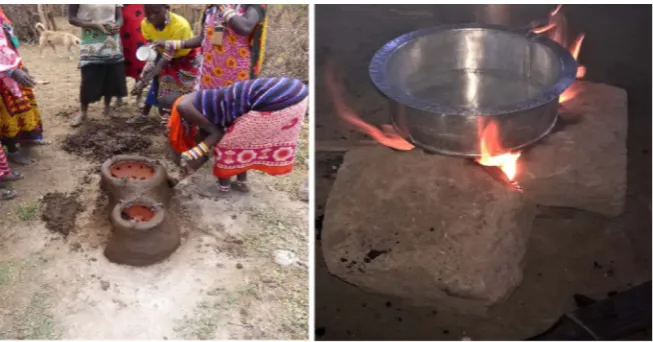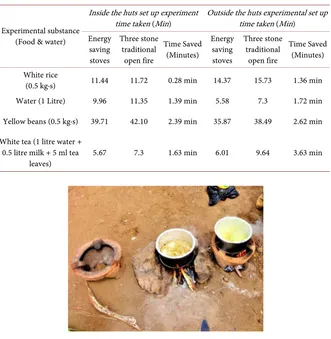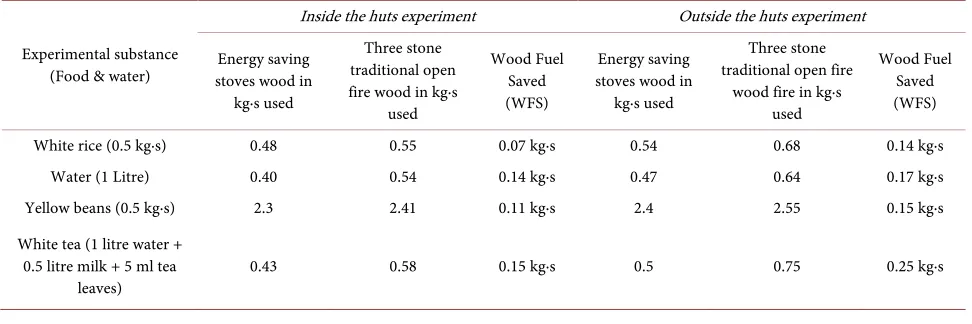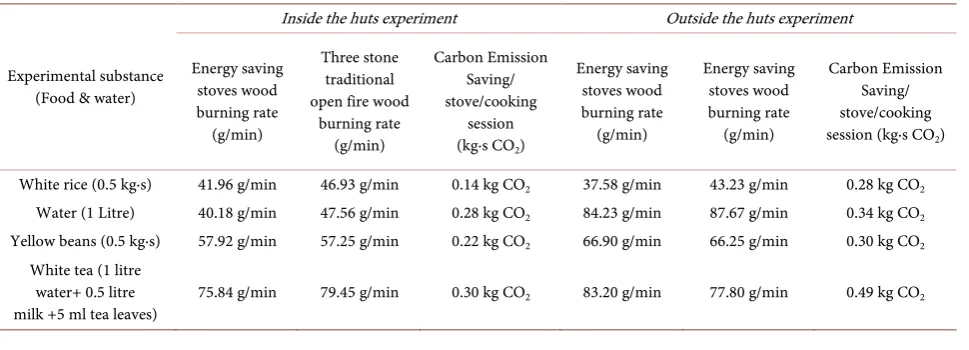The Efficiency of the Energy Saving Stoves in Amboseli Ecosystem Analysis of Time, Energy and Carbon Emissions Savings
Full text
Figure




Related documents
In many parts of Tanzania, regardless of religion, women and girls are responsible for the cooking, as well as household chores, care of babies, and agriculture around the home.
actors like age, monthly savings, expected average readiness score of 52 – a long way short etirement age, guaranteed retirement of the 100 that would ensure people get the
The summary resource report prepared by North Atlantic is based on a 43-101 Compliant Resource Report prepared by M. Holter, Consulting Professional Engineer,
The Institute of Electronics Engineers of the Philippines - Laguna - MCL Chapter is a student organization for Electronics Engineering students of Malayan Colleges Laguna,
Since this reader mounting technique is used when passive tags are usually mounted on the side window in the case of passenger cars, or on the side of a truck (metal mount tag),
In this study I use a discursive approach to examine newspaper coverage of Latinos in North Carolina in both the Anglo and Latino press of the capital, Raleigh, and a smaller city,
13 Points Participation points are awarded for your service to local, regional or national industry credit group committees.. List service within the past
Udry and Conley (2010) found from a survey conducted between 1996 and 1998 among pineapple farmers in three villages in southern Ghana that only one in three farmers
